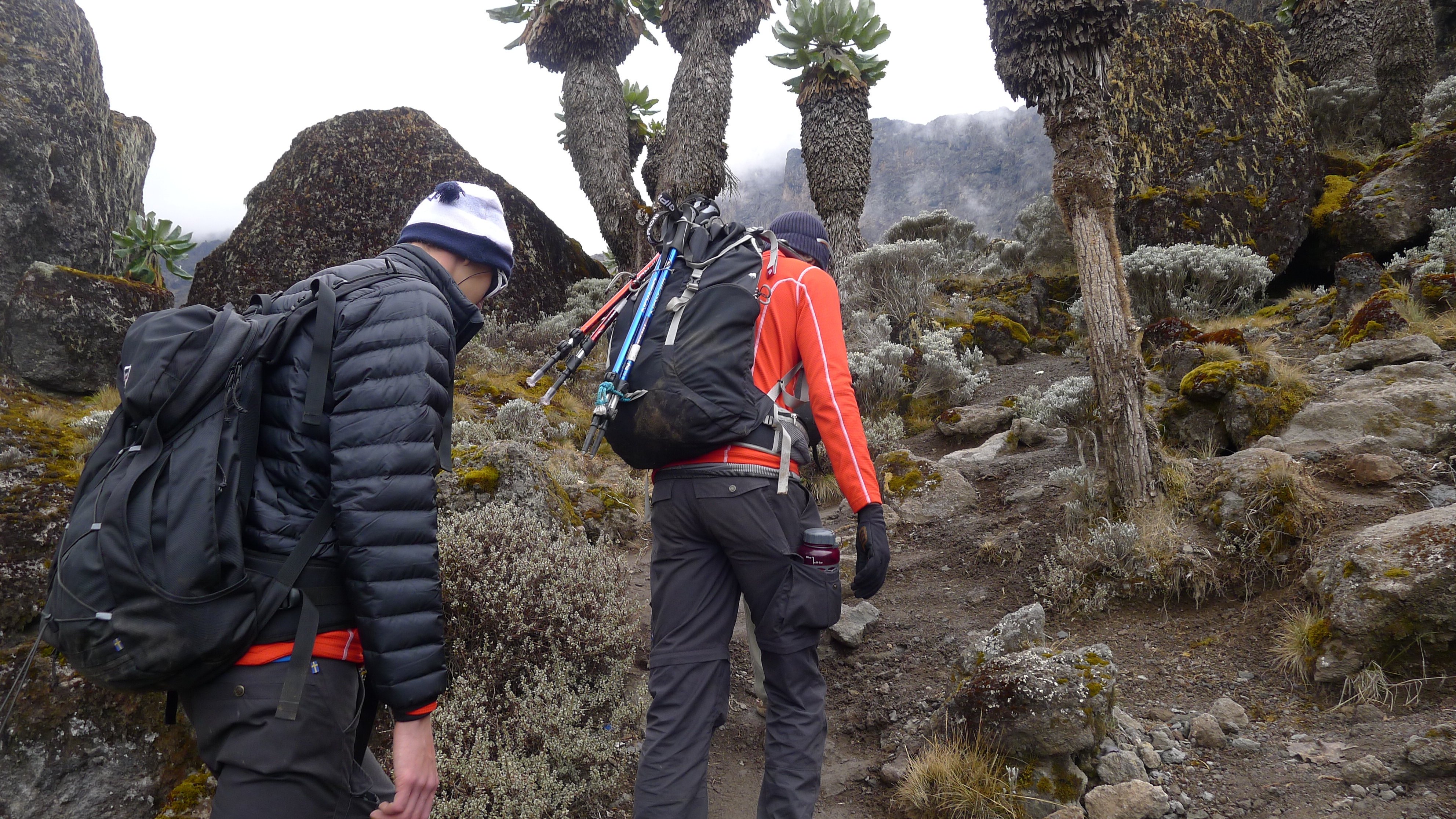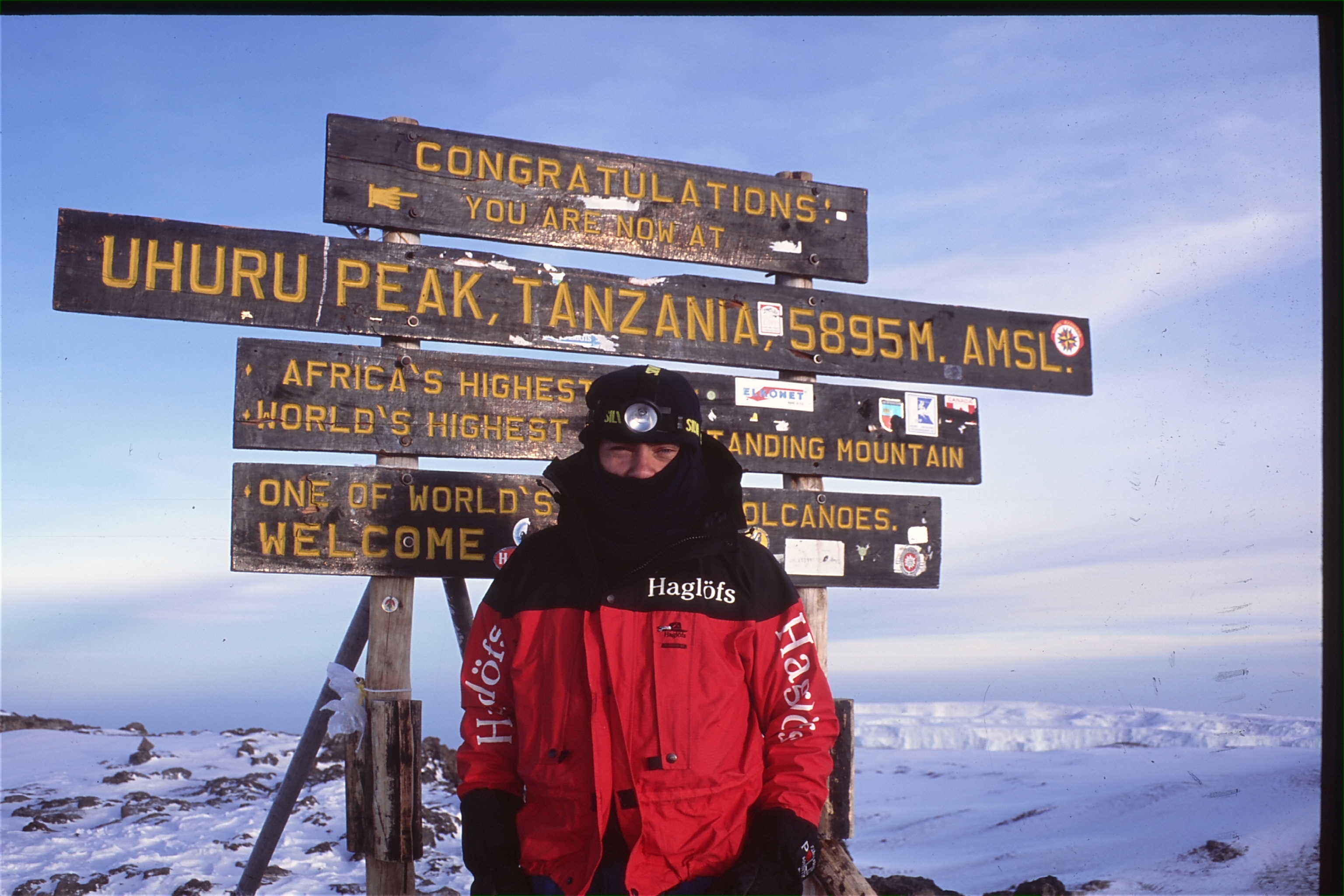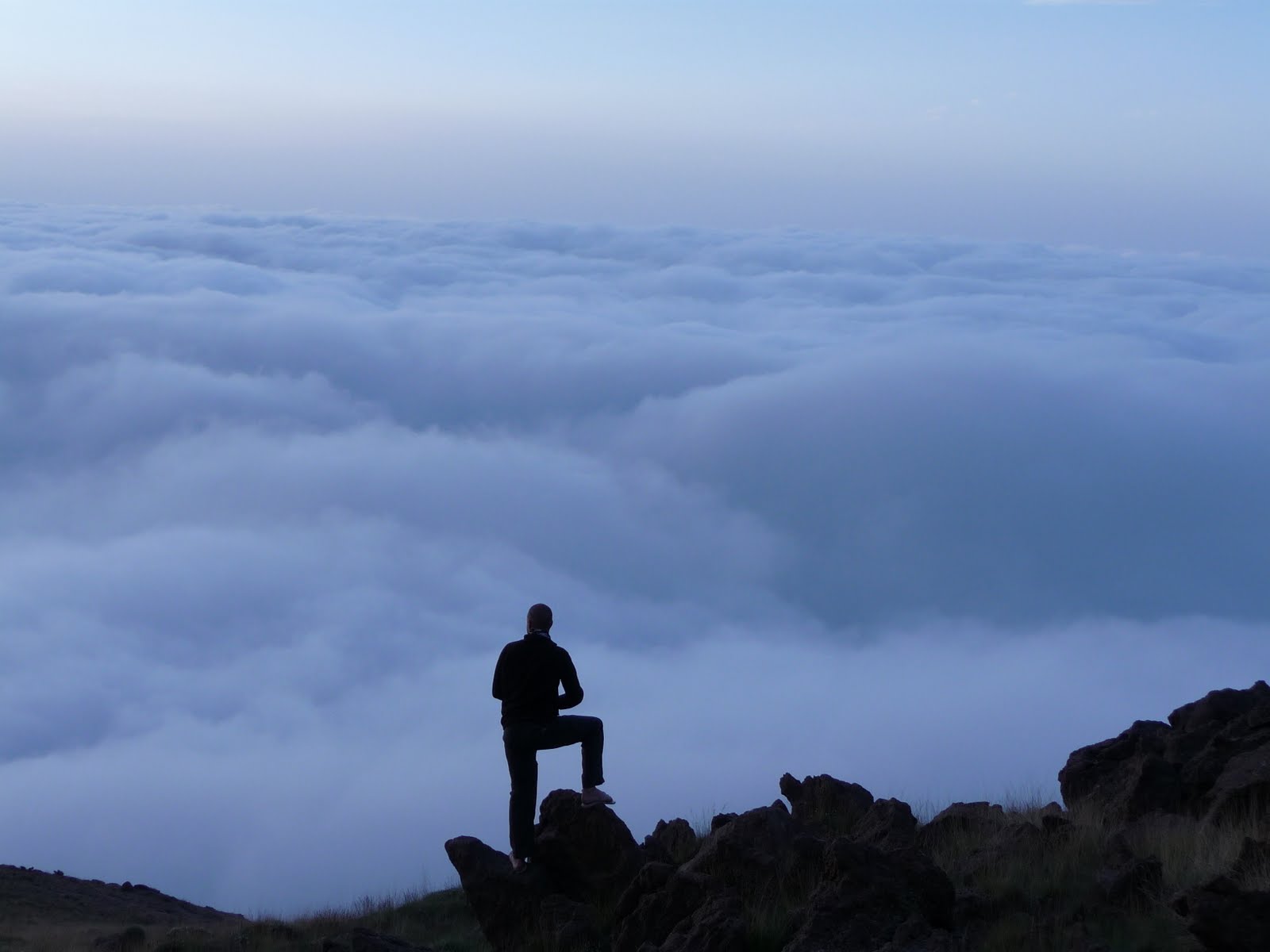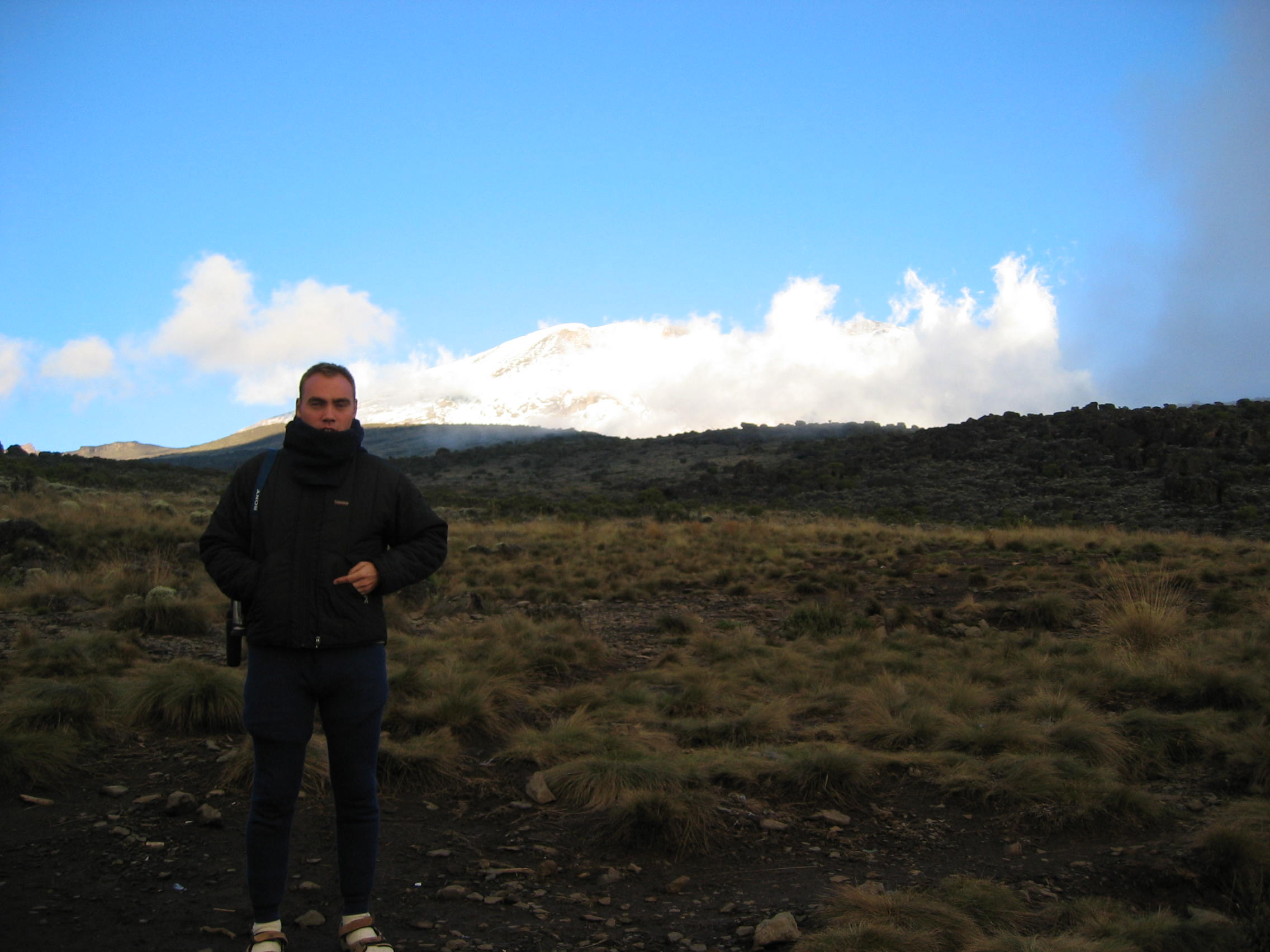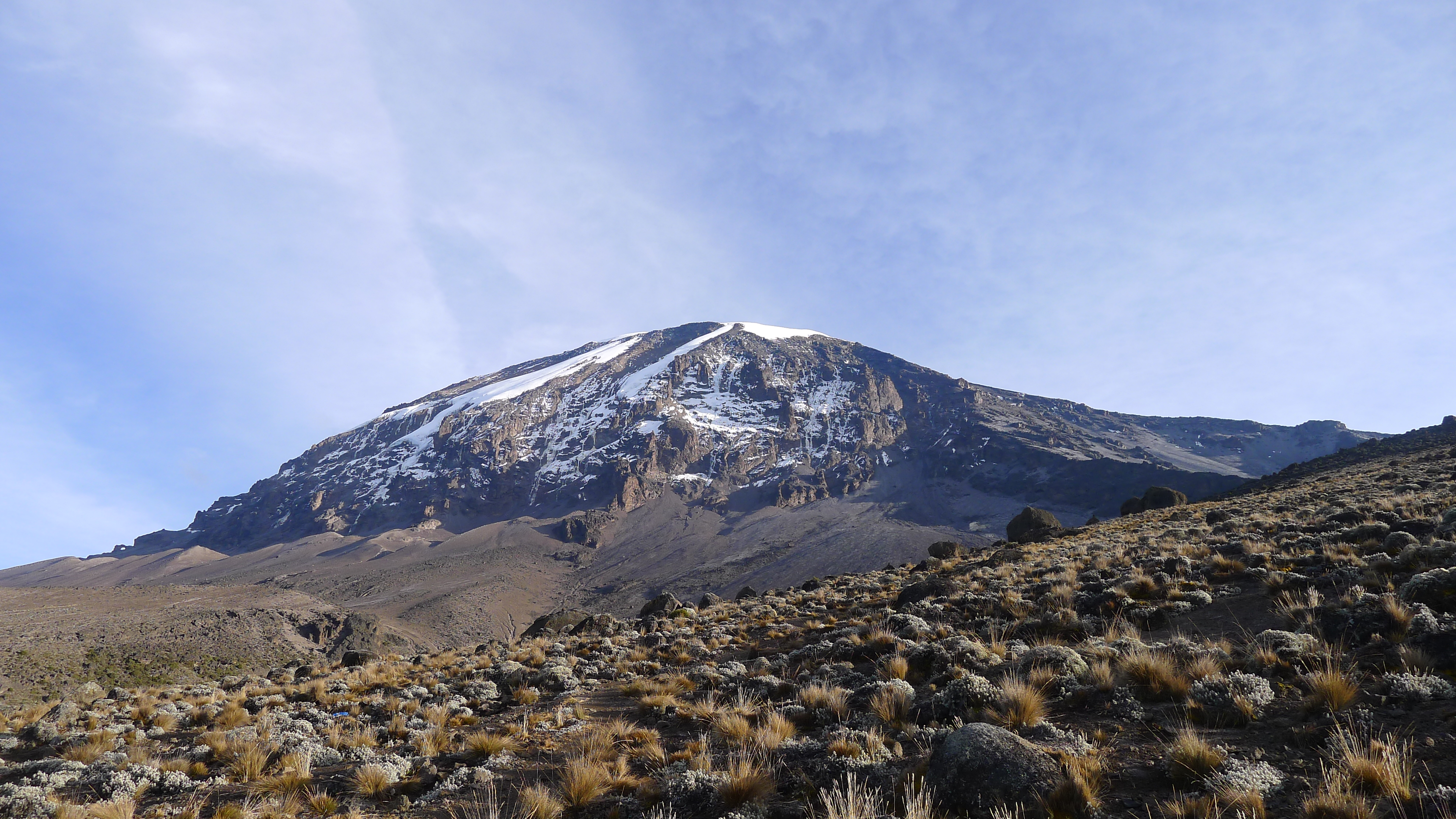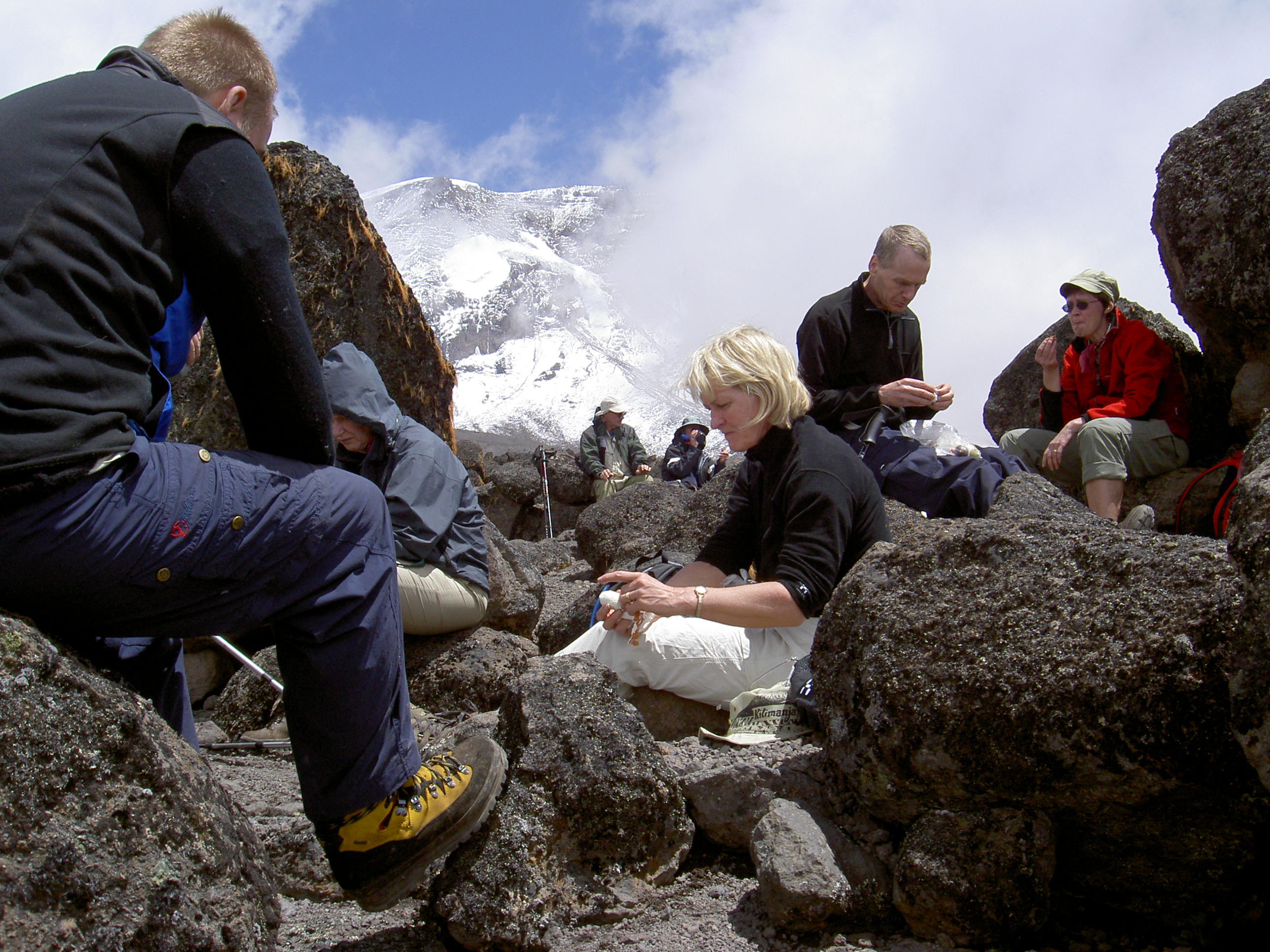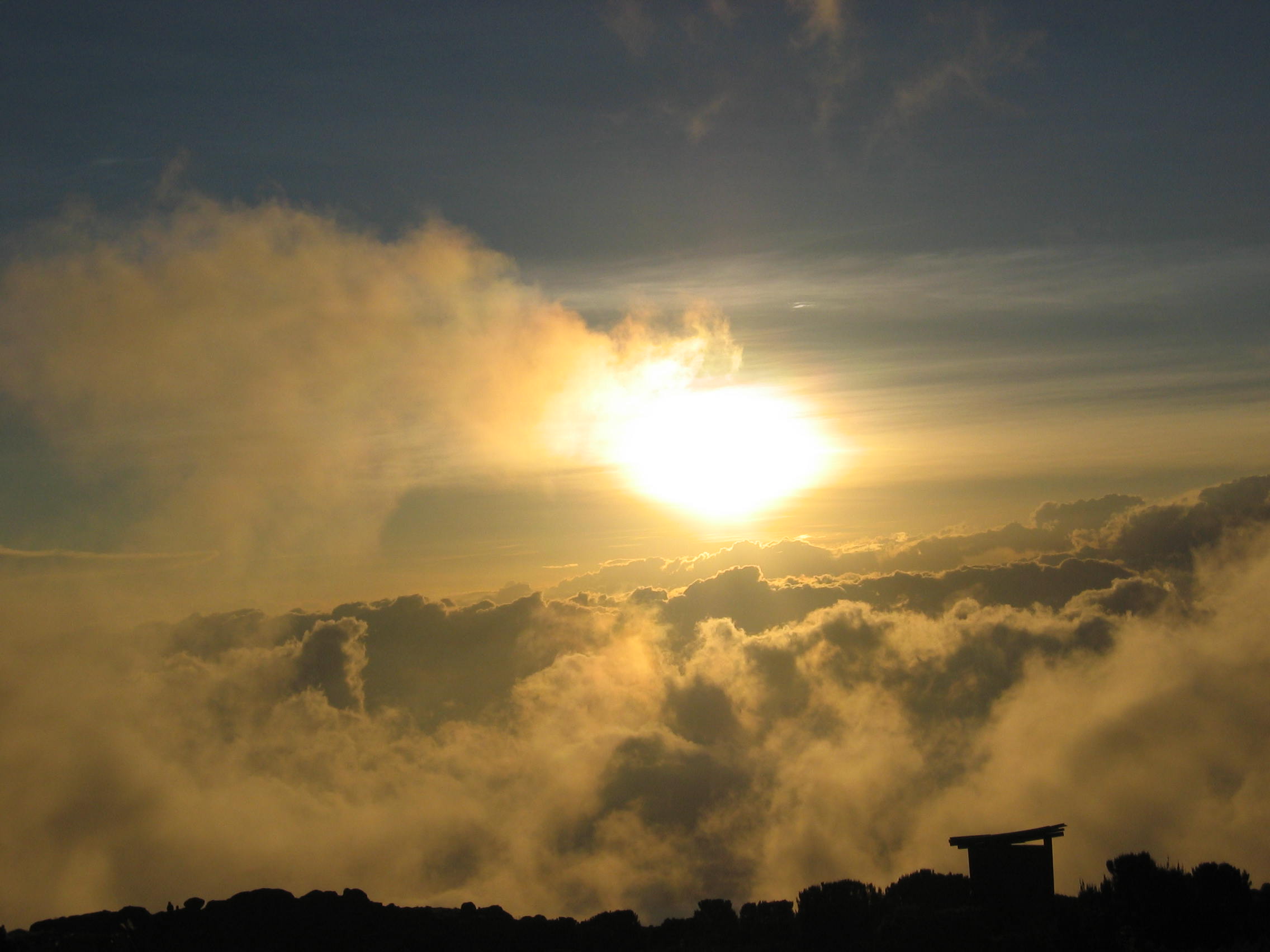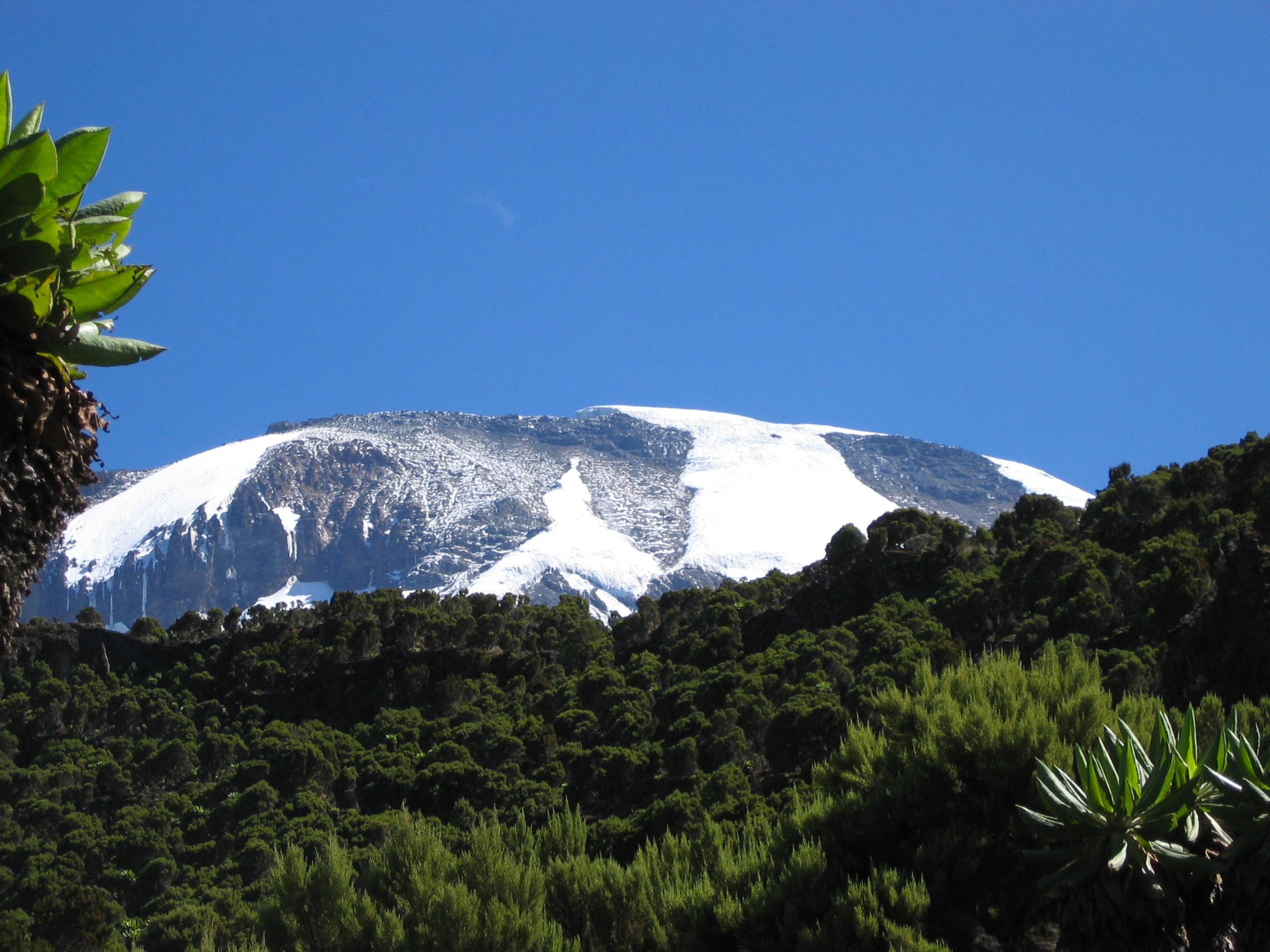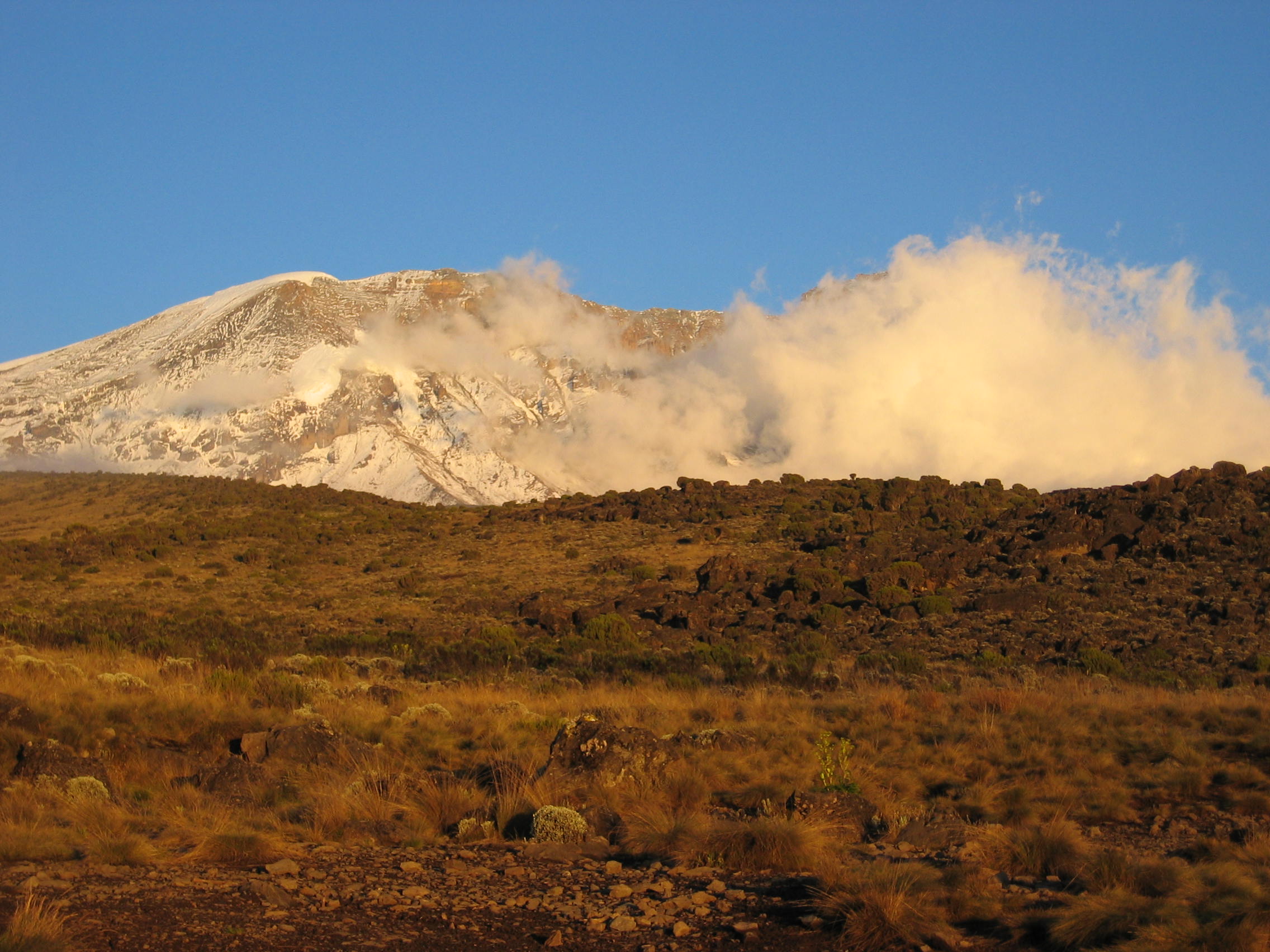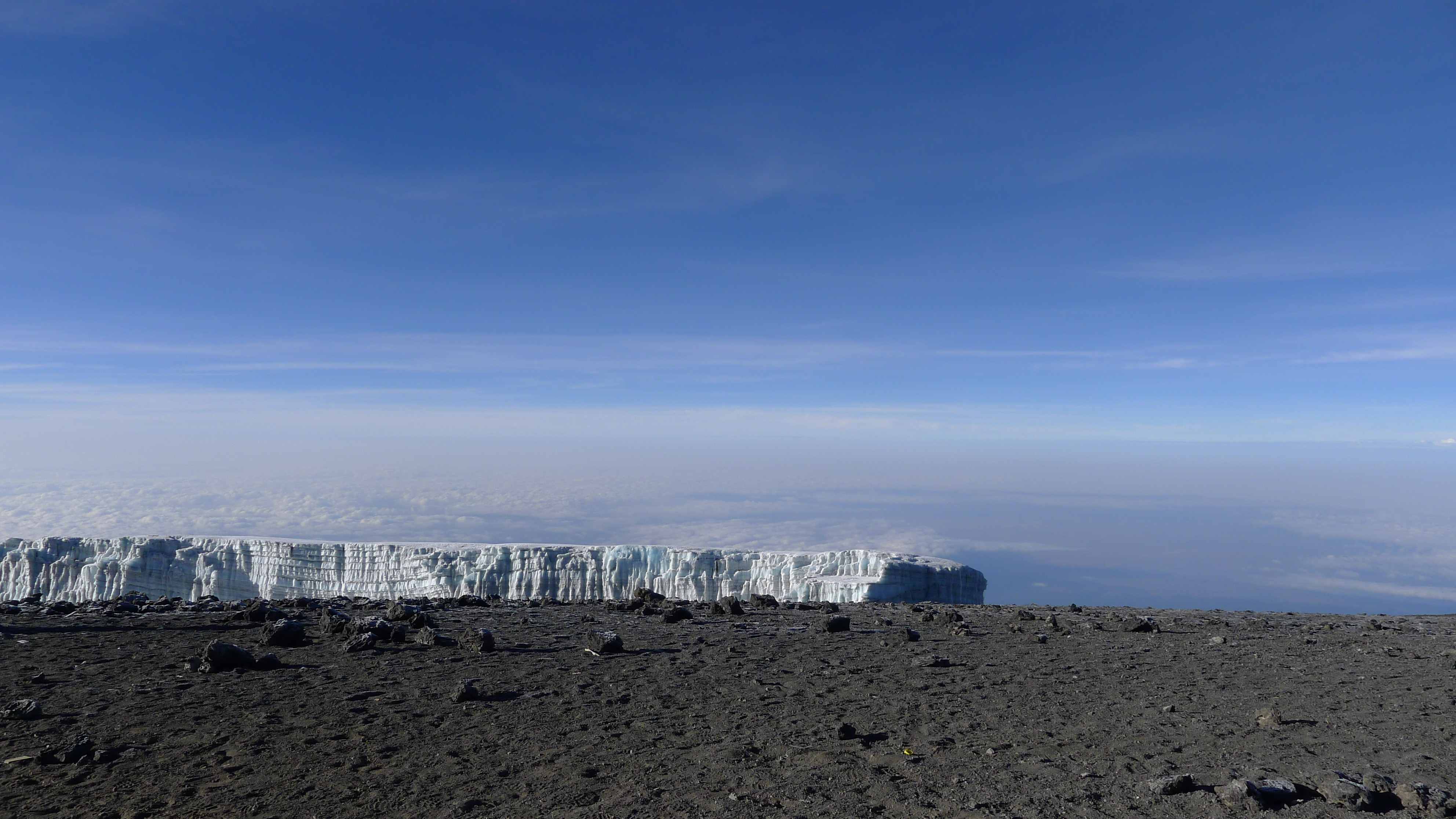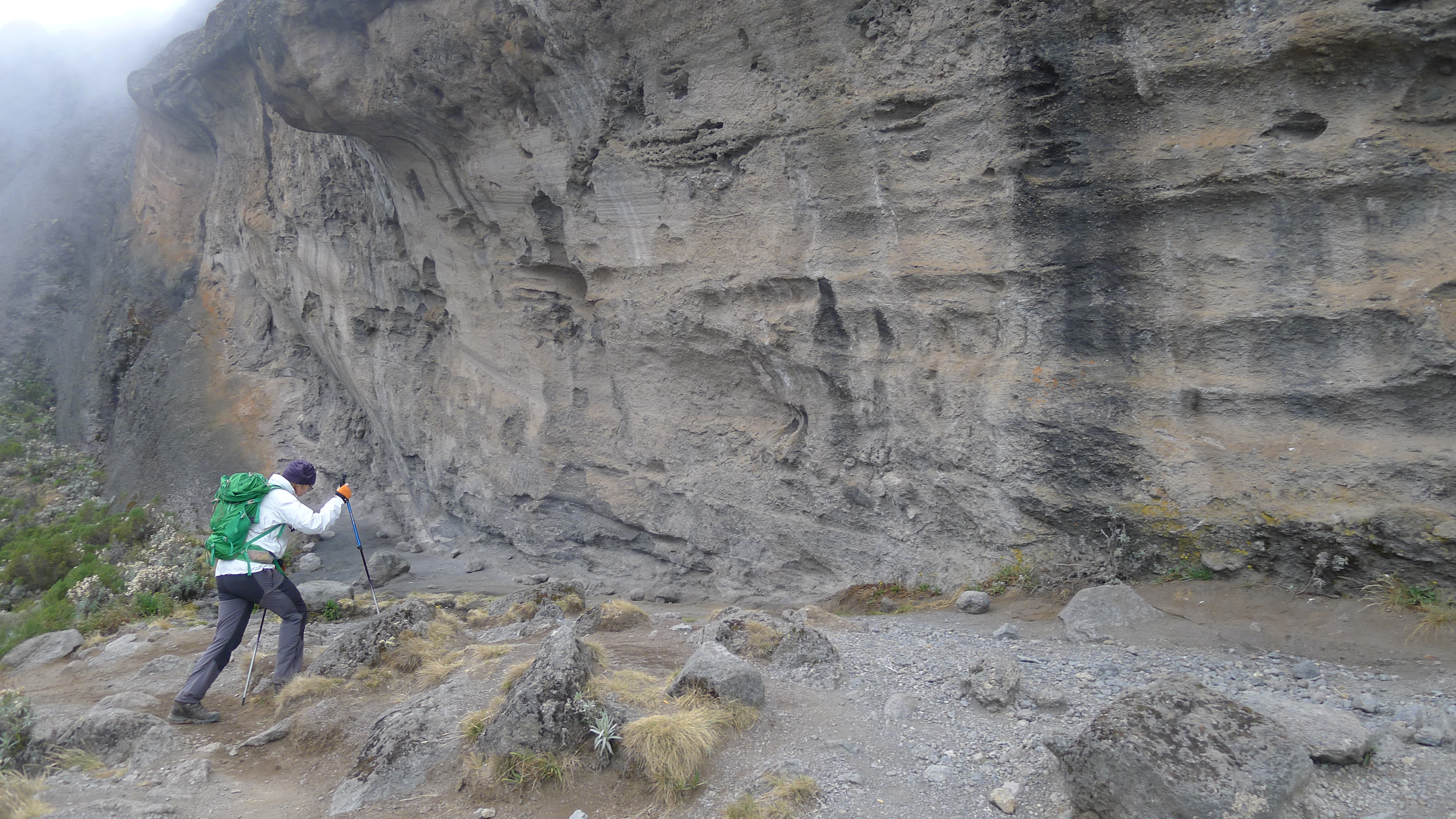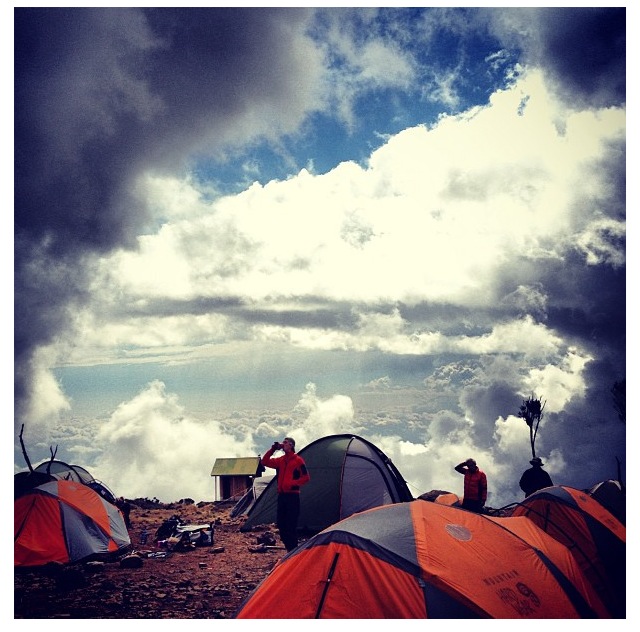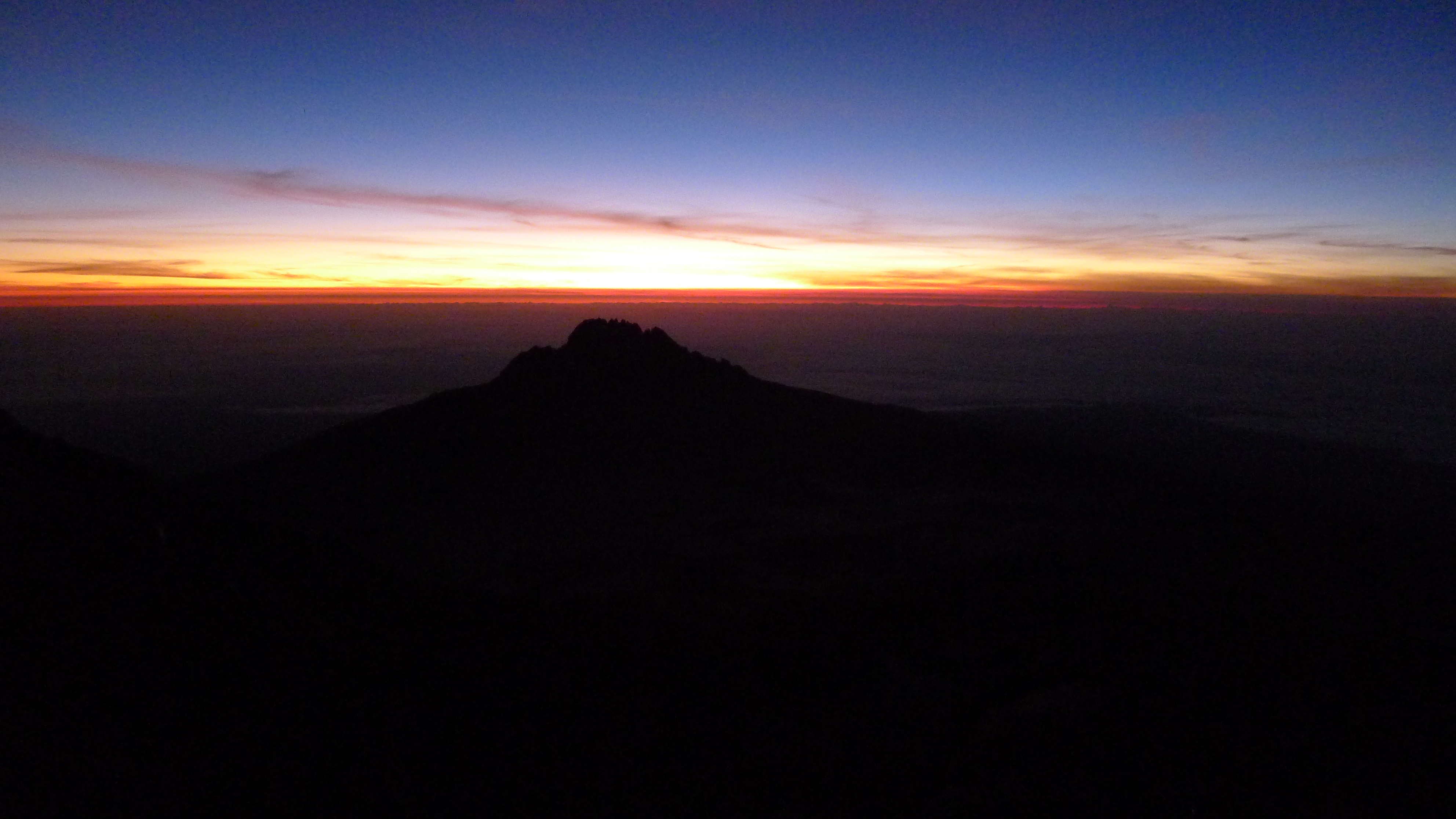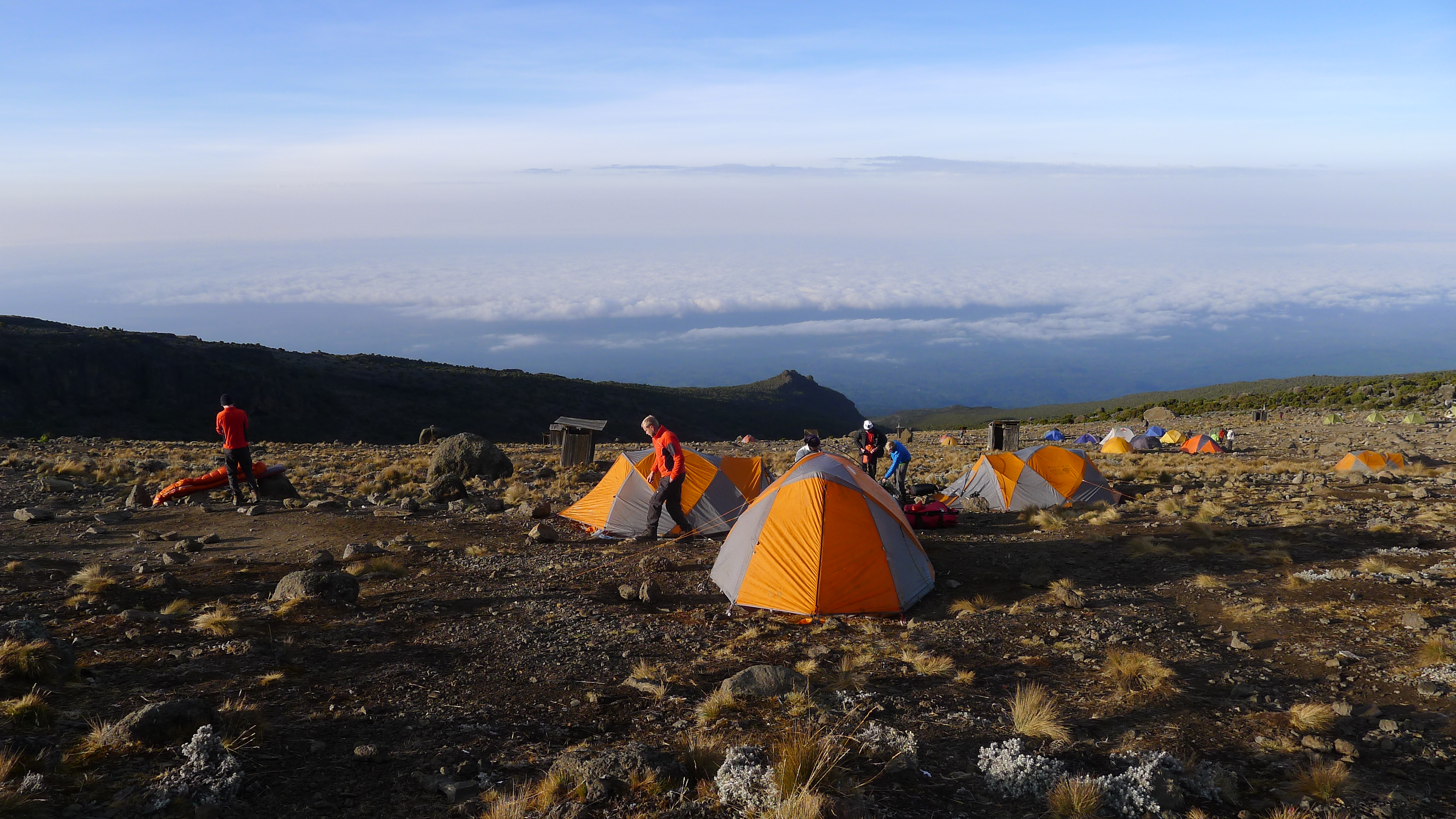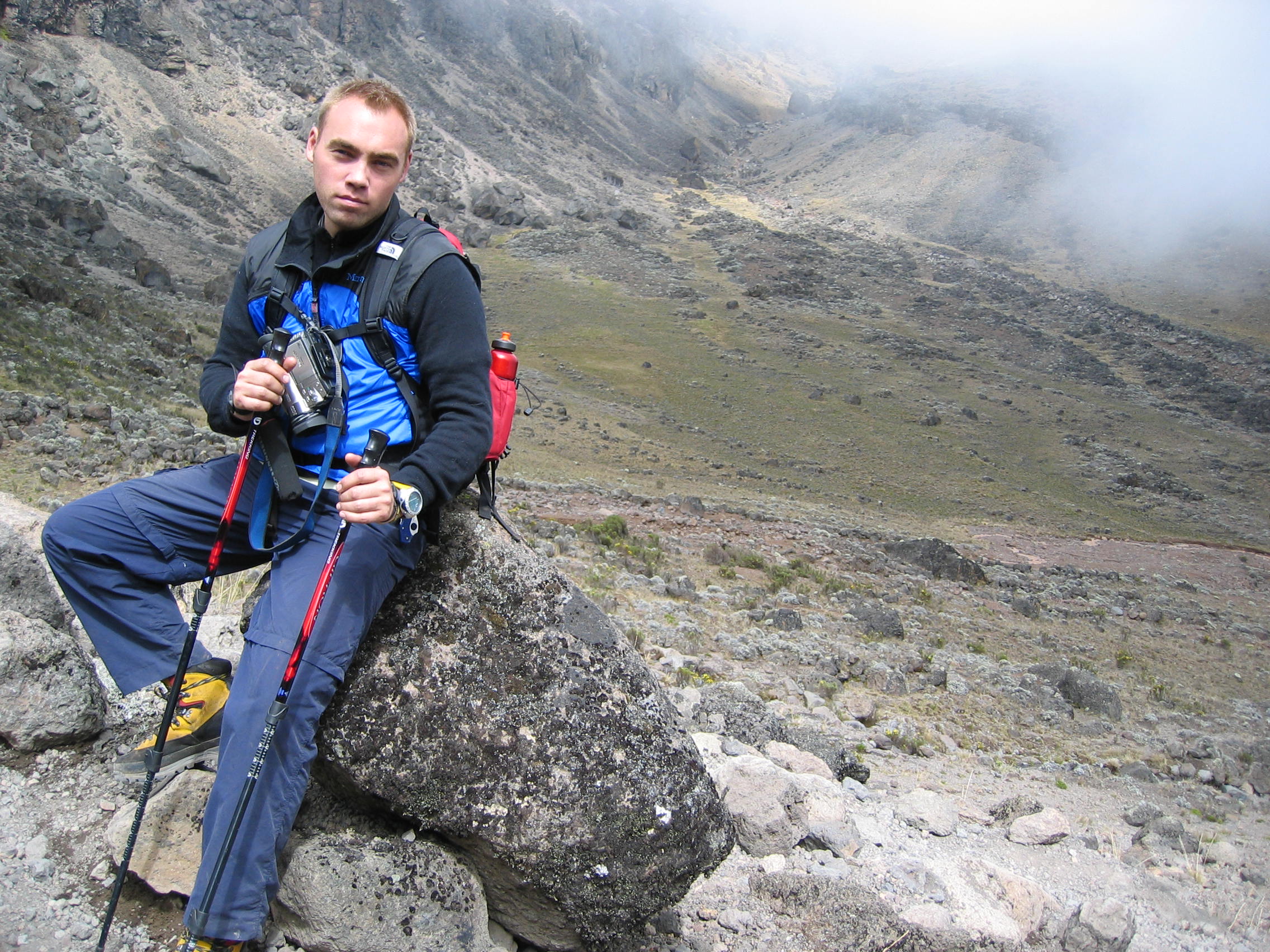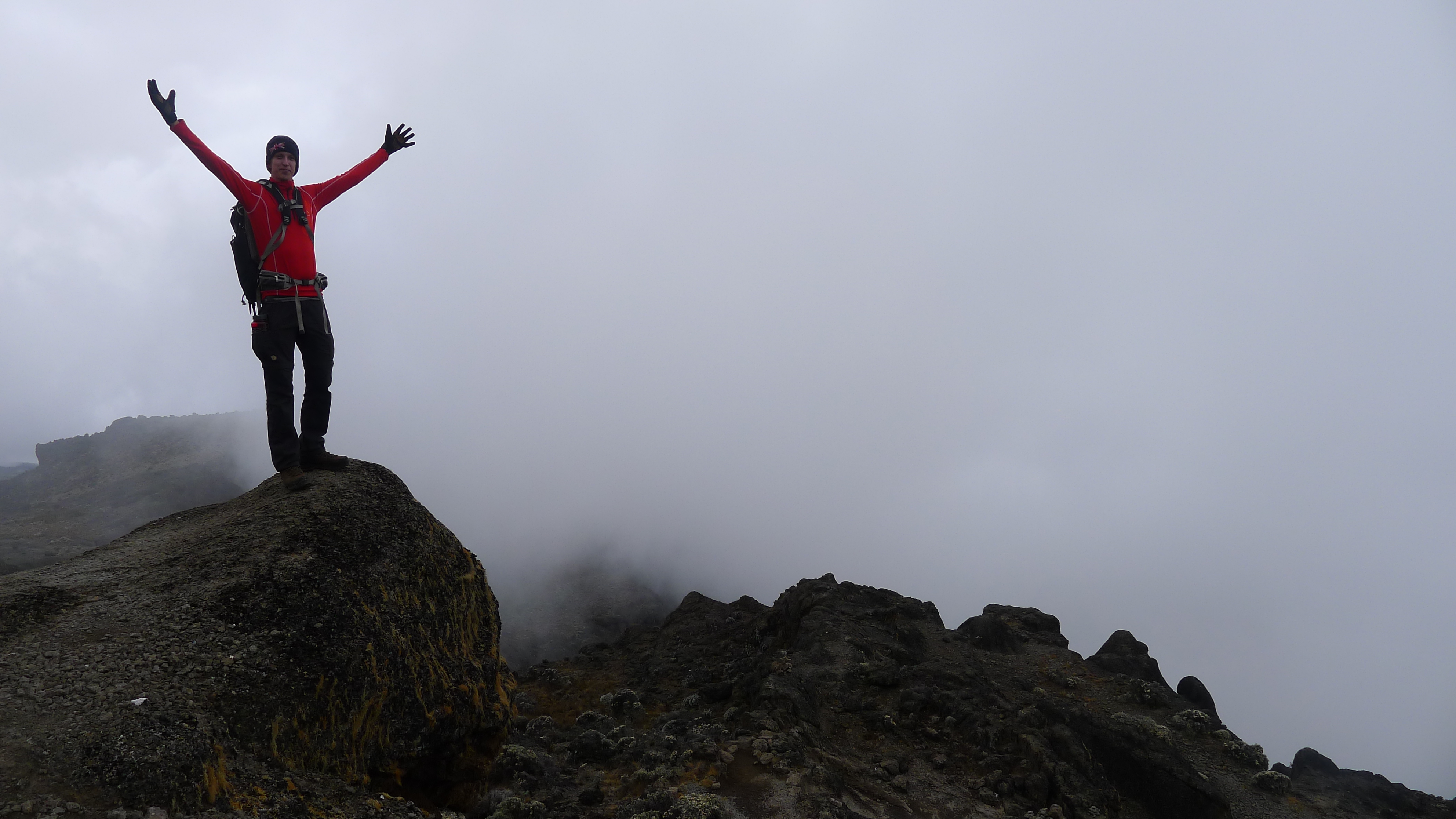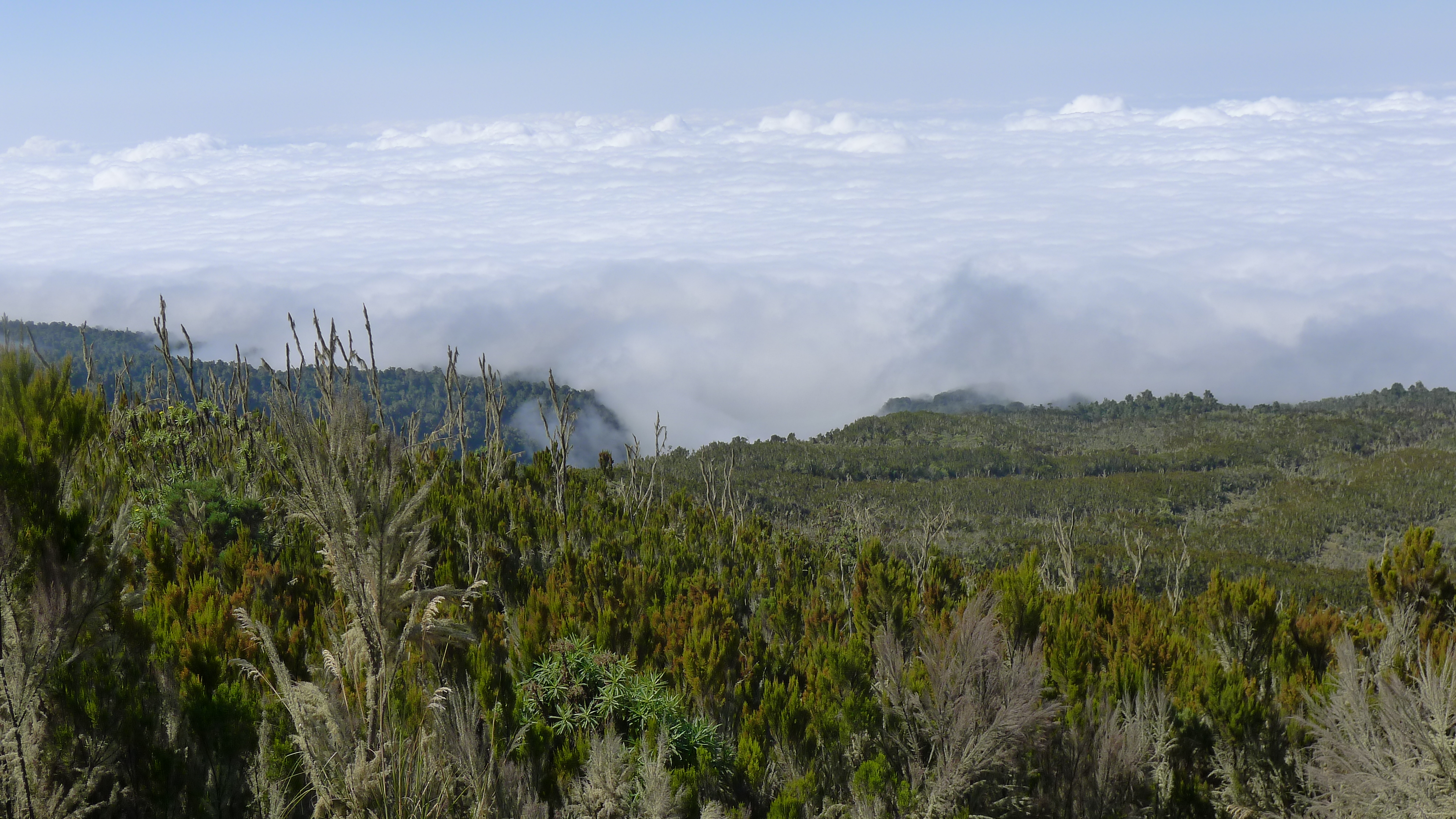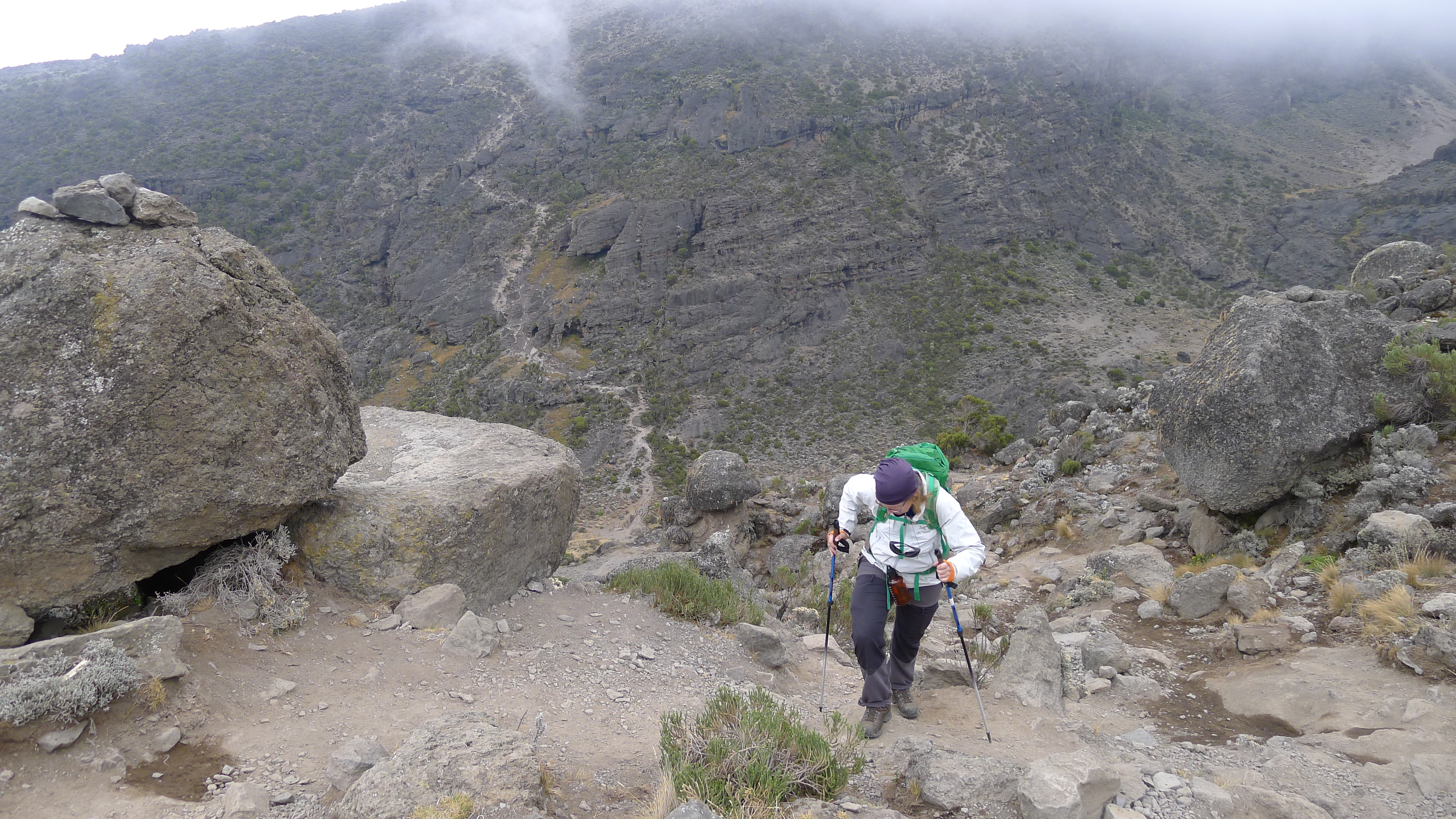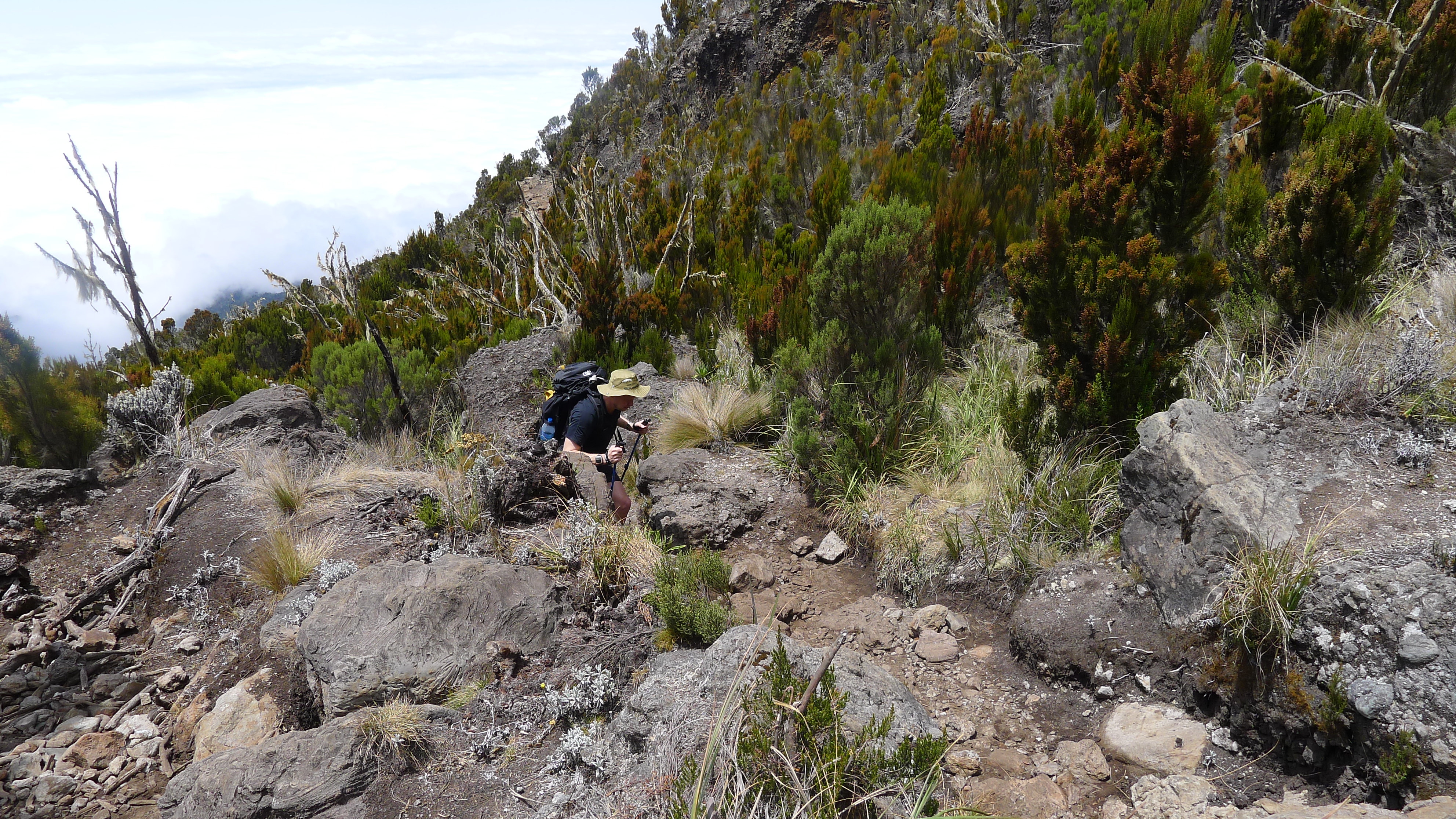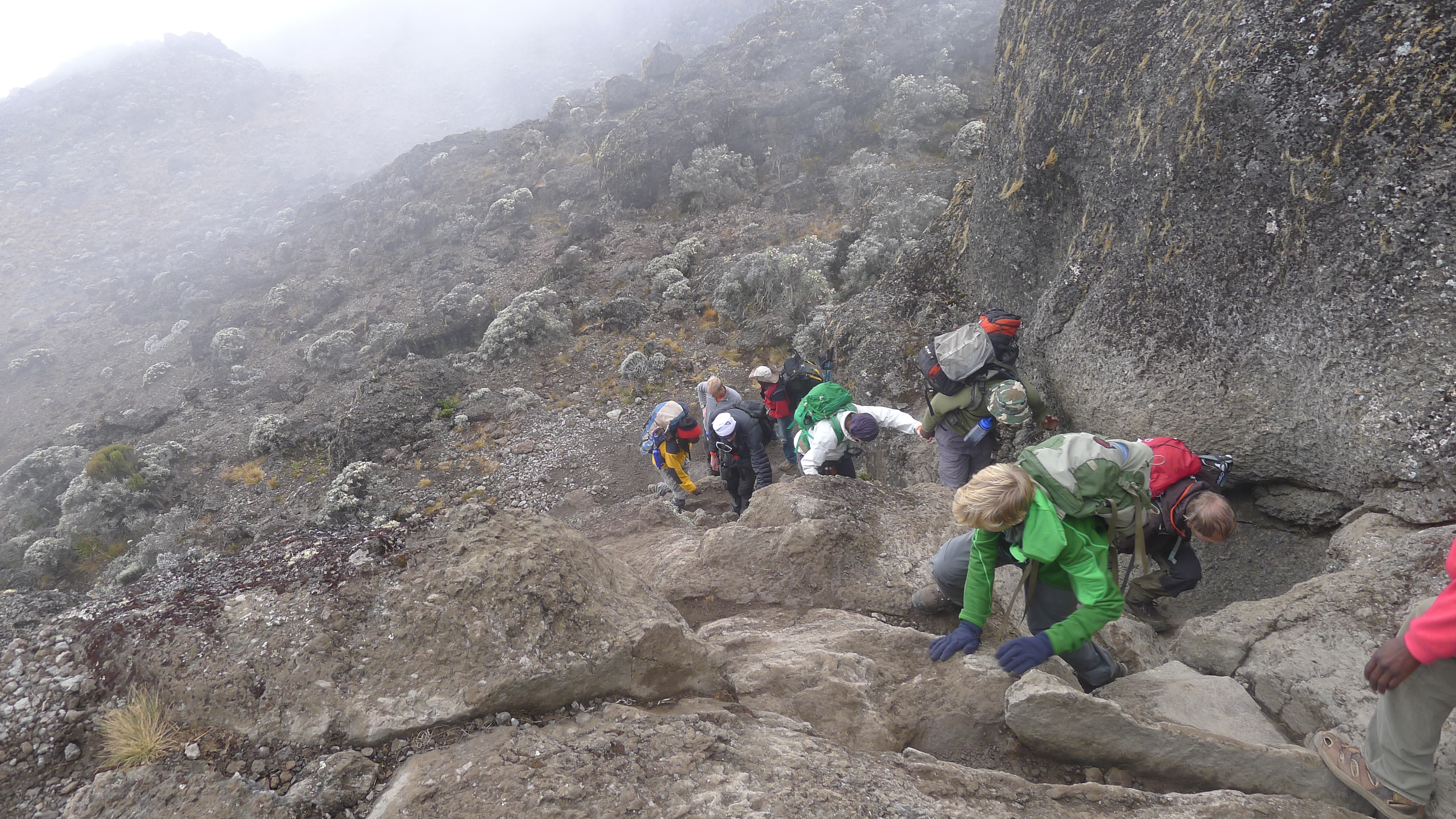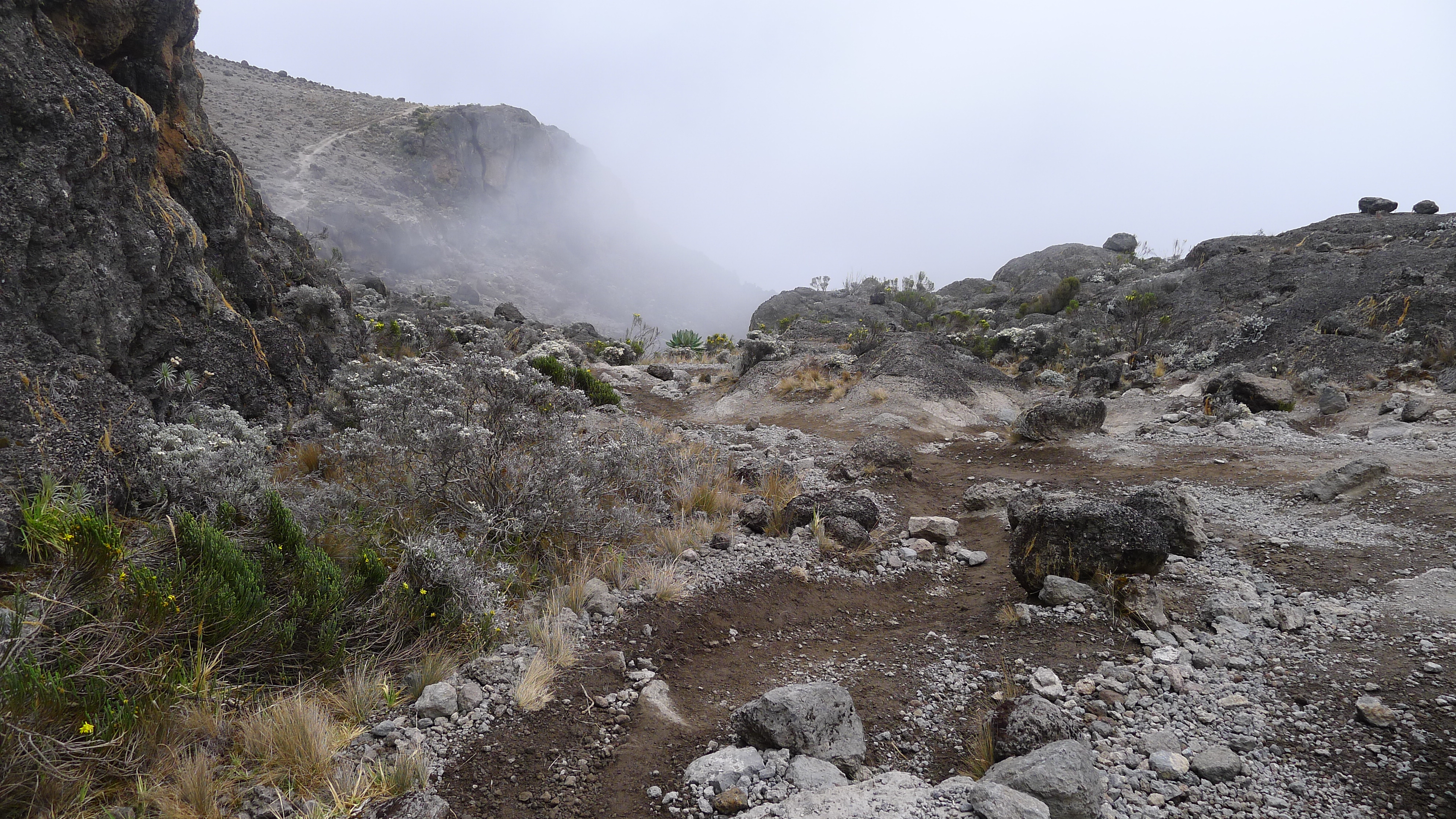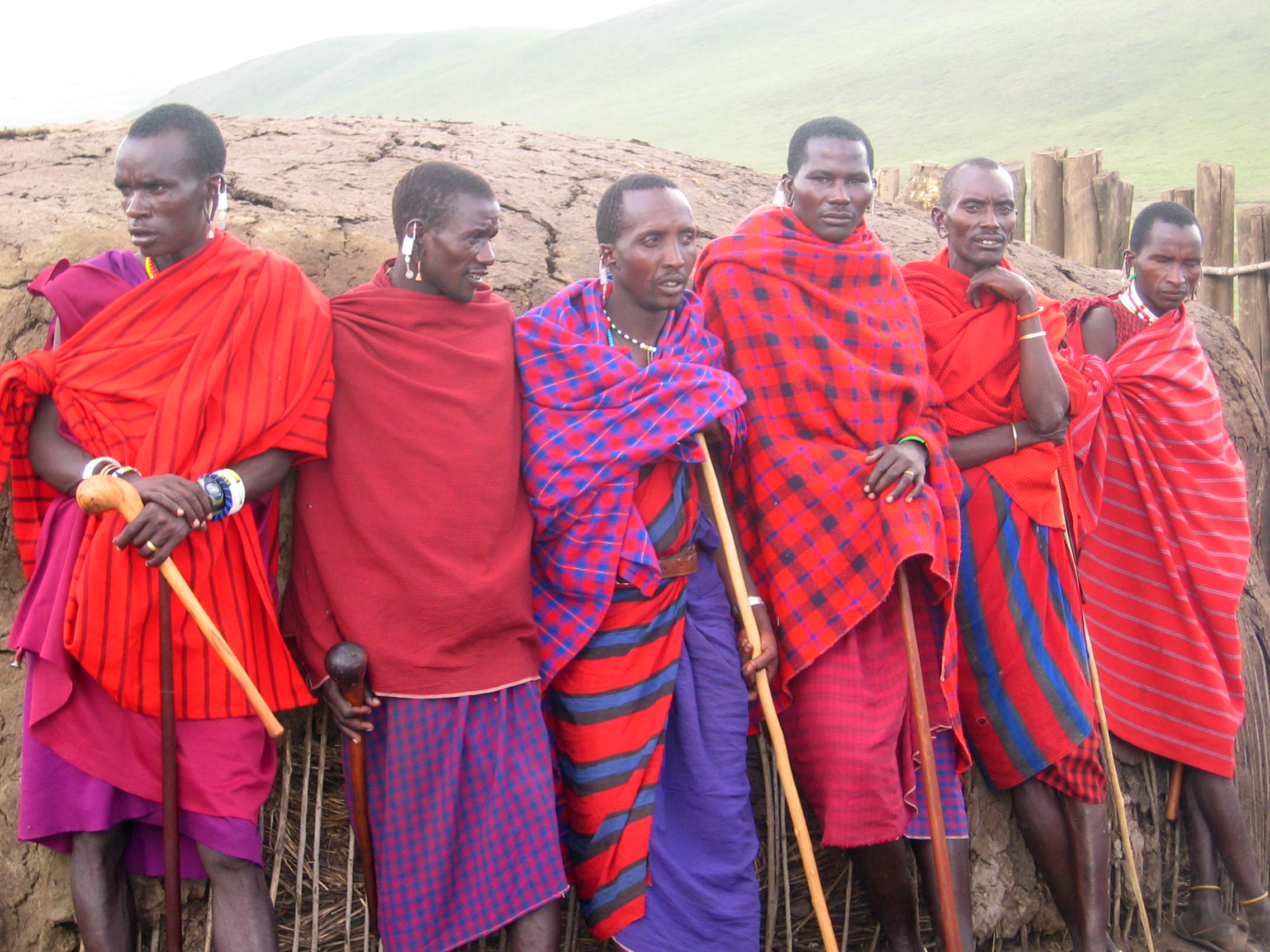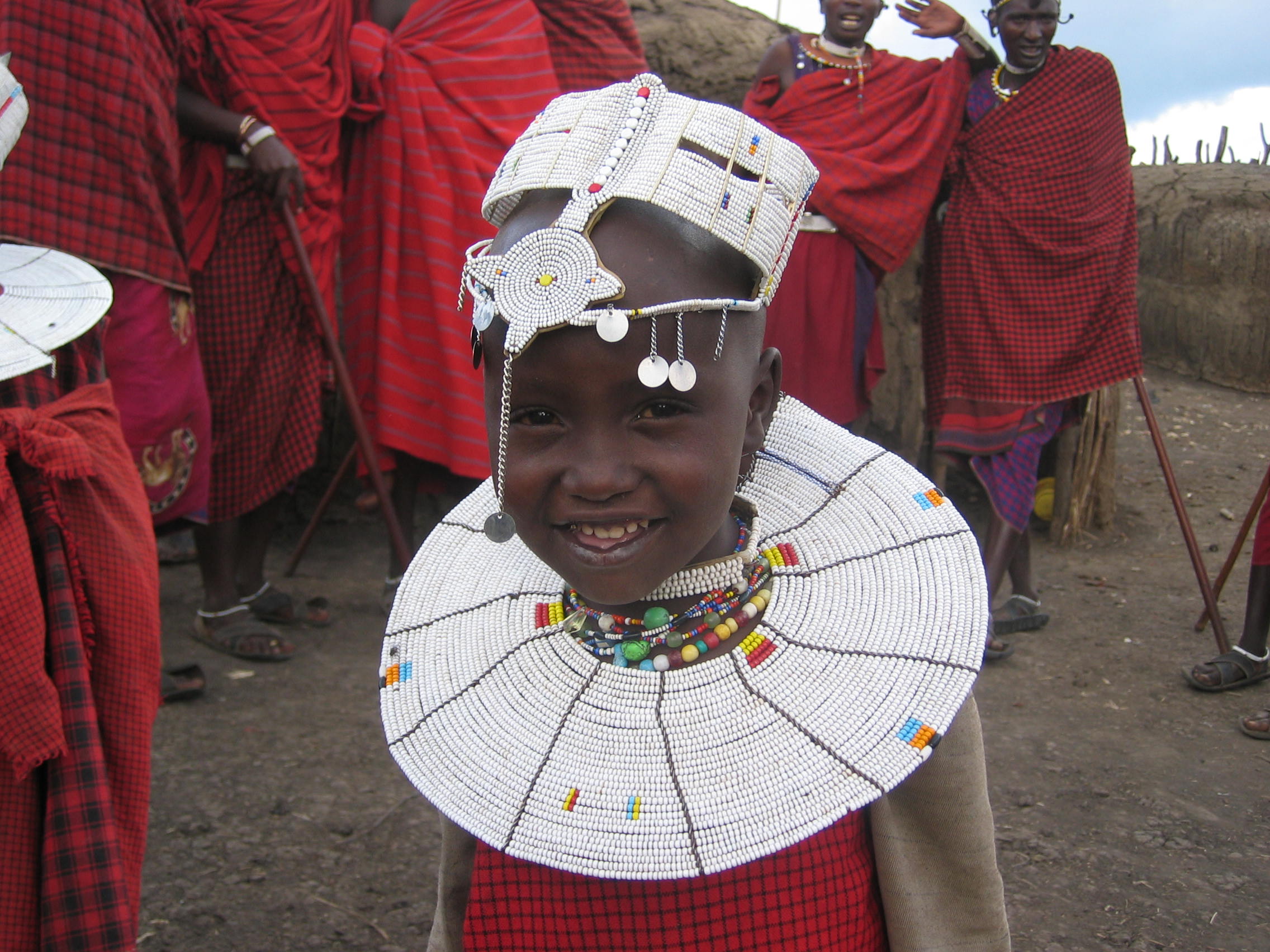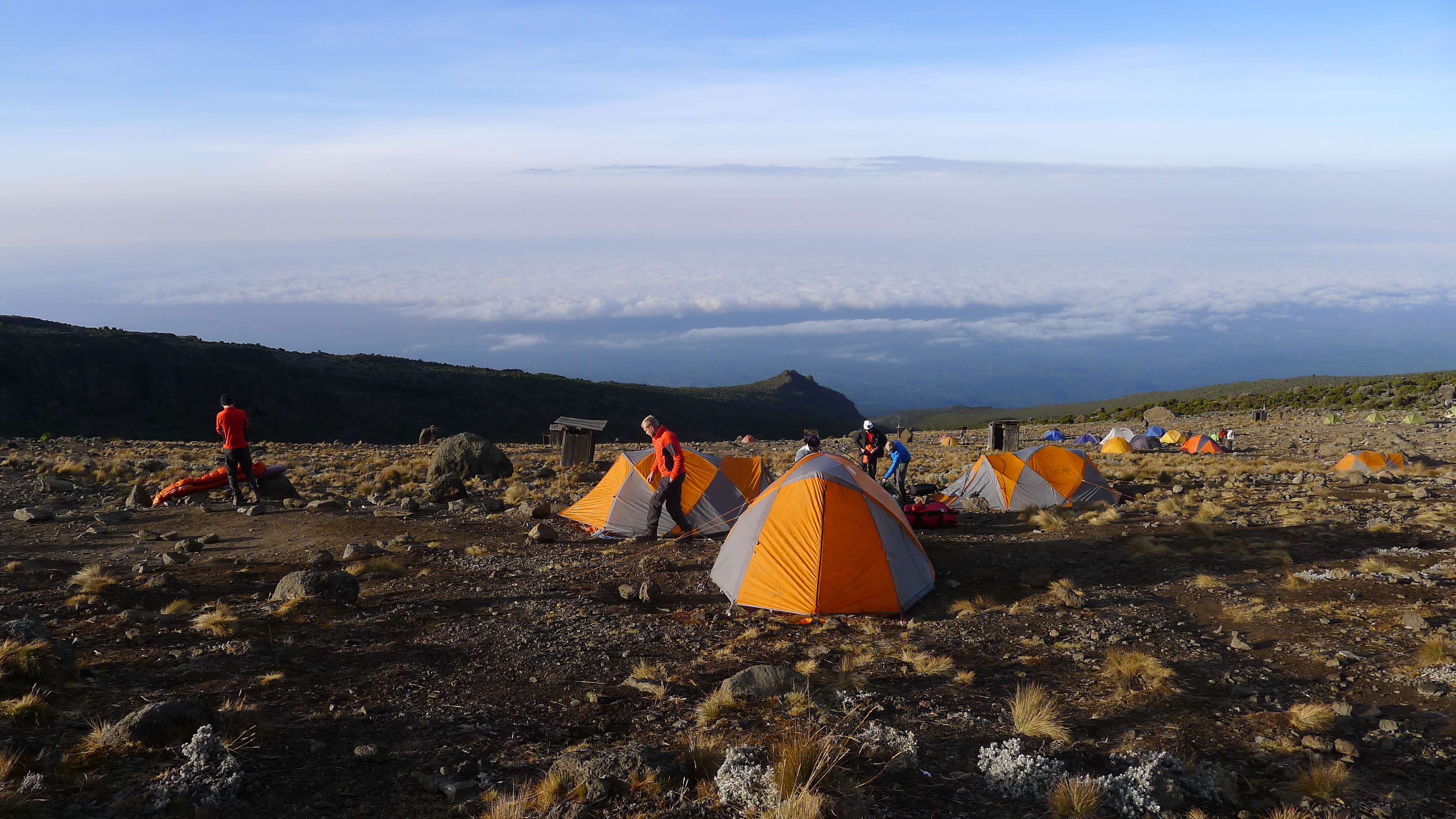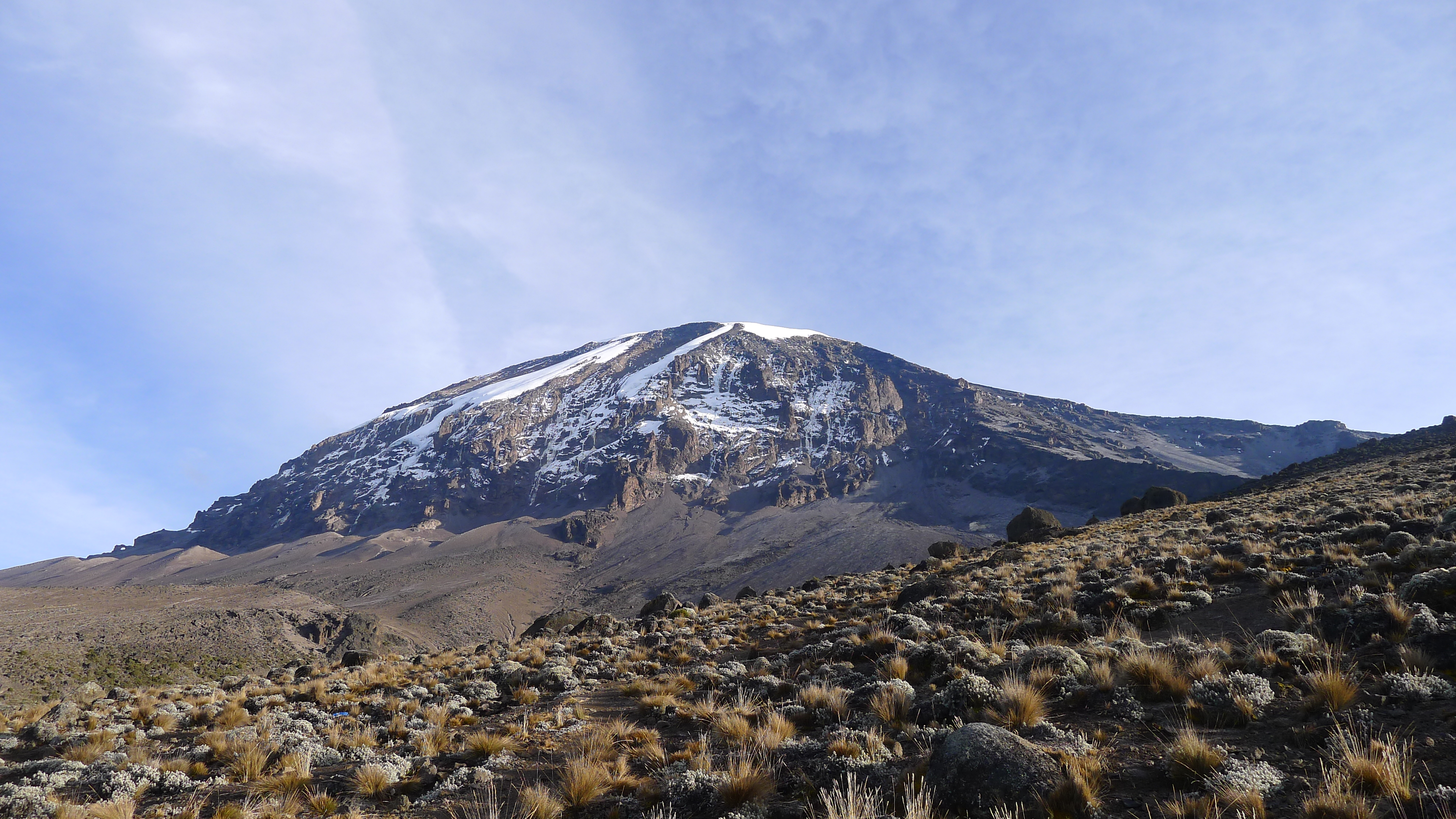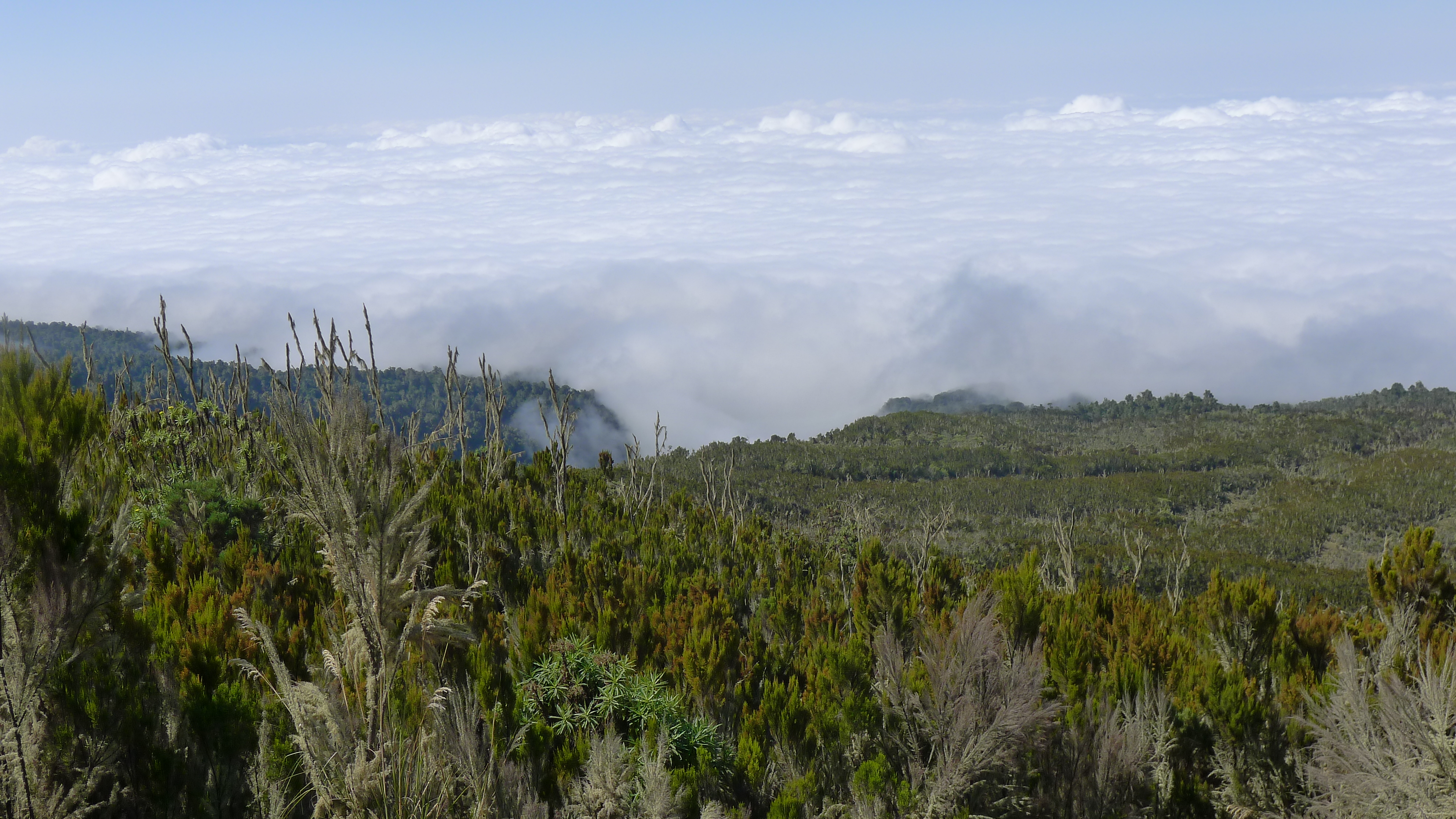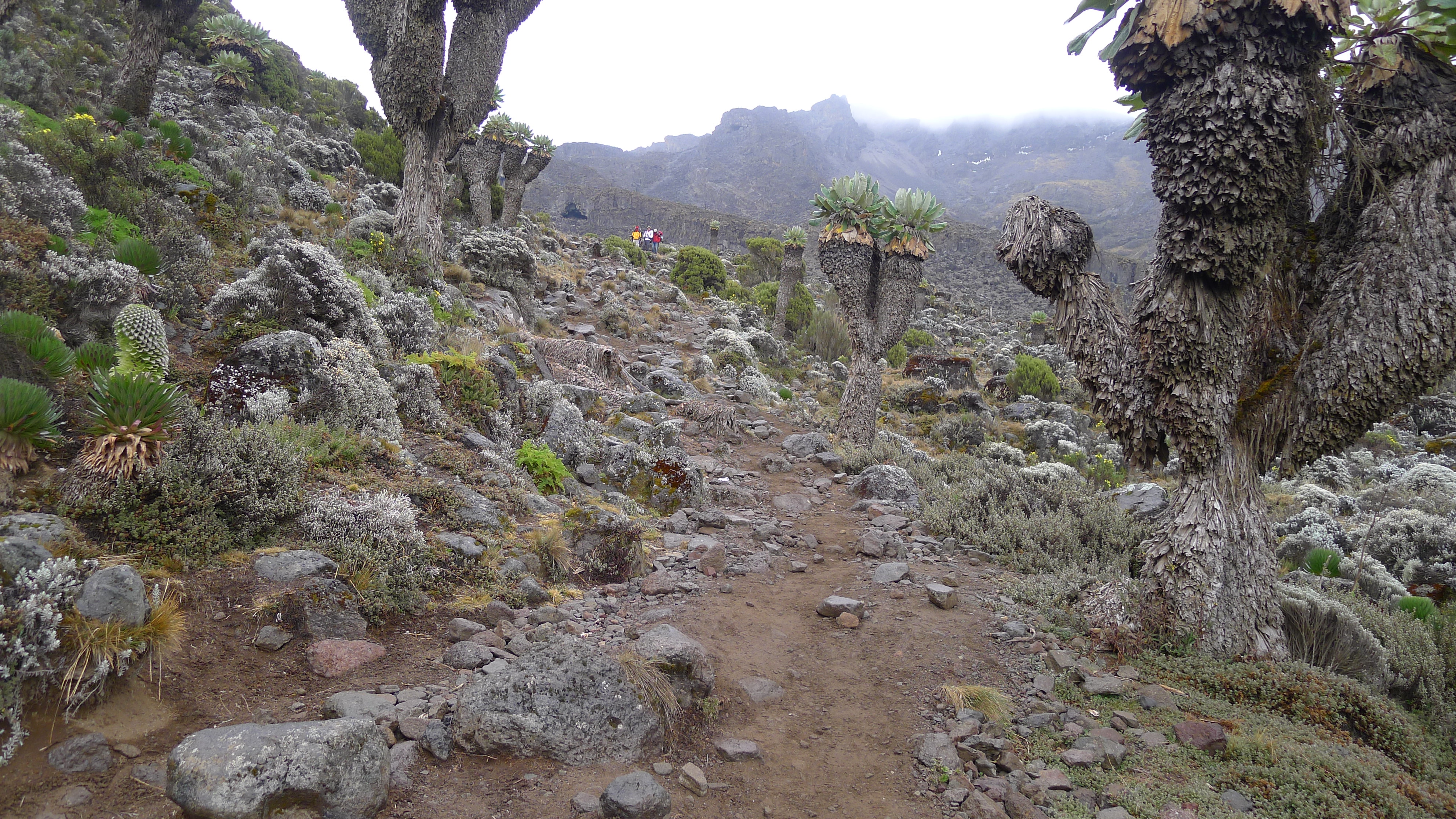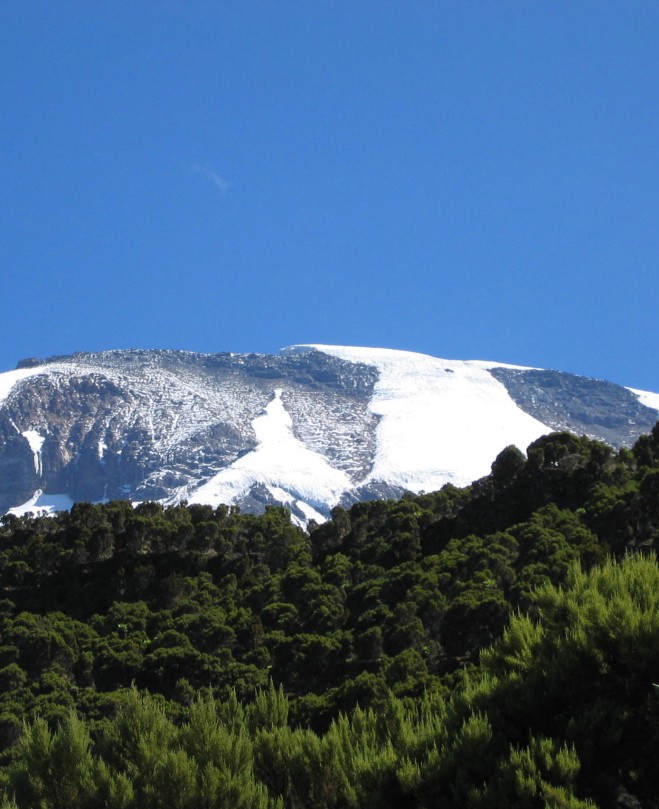
The origin of the name “Kilimanjaro” is not precisely known, but a number of theories exist. European explorers had adopted the name by 1860 and reported that “Kilimanjaro” was the mountain’s Kiswahili name, but according to the 1907 edition of The Nuttall Encyclopædia, the name of the mountain was “Kilima-Njaro”.
It is also claimed that “Kilimanjaro” meant either “mountain of greatness” or “mountain of caravans”. Under the latter meaning, “Kilima” meant “mountain” and “Jaro” possibly meant “caravans”. Well, one thing we known is that its beautiful, powerful and high.
For years Johan Ernst Nilson has brought groups to Kilimanjaro and is still planning new expeditions with leaders, companies and small private groups.
Why Kilimanjaro?
“Kilimanjaro is a perfect place to work with team building and leadership. Its not to dangerous, everybody has a good chance of reaching the summit and even if you don’t; you will experience something extraordinary. But the mountain is the one deciding who’s going up or not. You have to be strong, stubborn and with good motivation. If you dont eat well, drink or push yourself you might have to turn around. I know, I’ve done it once!”
Film about Mt Kilimanjaro
The vanishing snow on Kilimanjaro:
Kilimanjaro is 5,895 meters high and is a large stratovolcano. Two of its three peaks, Mawenzi and Shira, are extinct while Kibo (the highest peak) is dormant and could erupt again. The last major eruption has been dated to between 150,000 and 200,000 years ago. In the late 1880s the summit of Kibo was completely covered by an ice cap with outlet glaciers cascading down the western and southern slopes, and, except for the inner cone, the entire caldera was buried. Glacier ice flowed also through the Western Breach. An examination of ice cores taken from the North Ice Field Glacier indicates that the “snows of Kilimanjaro” (aka glaciers) have a basal age of 11,700 years. A continuous ice cap covering approximately 400 square kilometers covered the mountain during the period of maximum glaciation, extending across the summits of Kibo and Mawenzi. The glacial ice survived drought conditions during a three century period beginning ~2200 BC.
The period from 1912 to present has witnessed the disappearance of more than 80% of the ice cover on Kilimanjaro. From 1912 to 1953 there was ~1% annual loss, while 1989–2007 saw ~2.5% annual loss. Of the ice cover still present in 2000, 26% had disappeared by 2007. While the current shrinking and thinning of Kilimanjaro’s ice fields appears to be unique within its almost twelve millennium history, it is contemporaneous with widespread glacier retreat in mid-to-low latitudes across the globe. At the current rate, Kilimanjaro is expected to become ice-free some time between 2022 and 2033.
